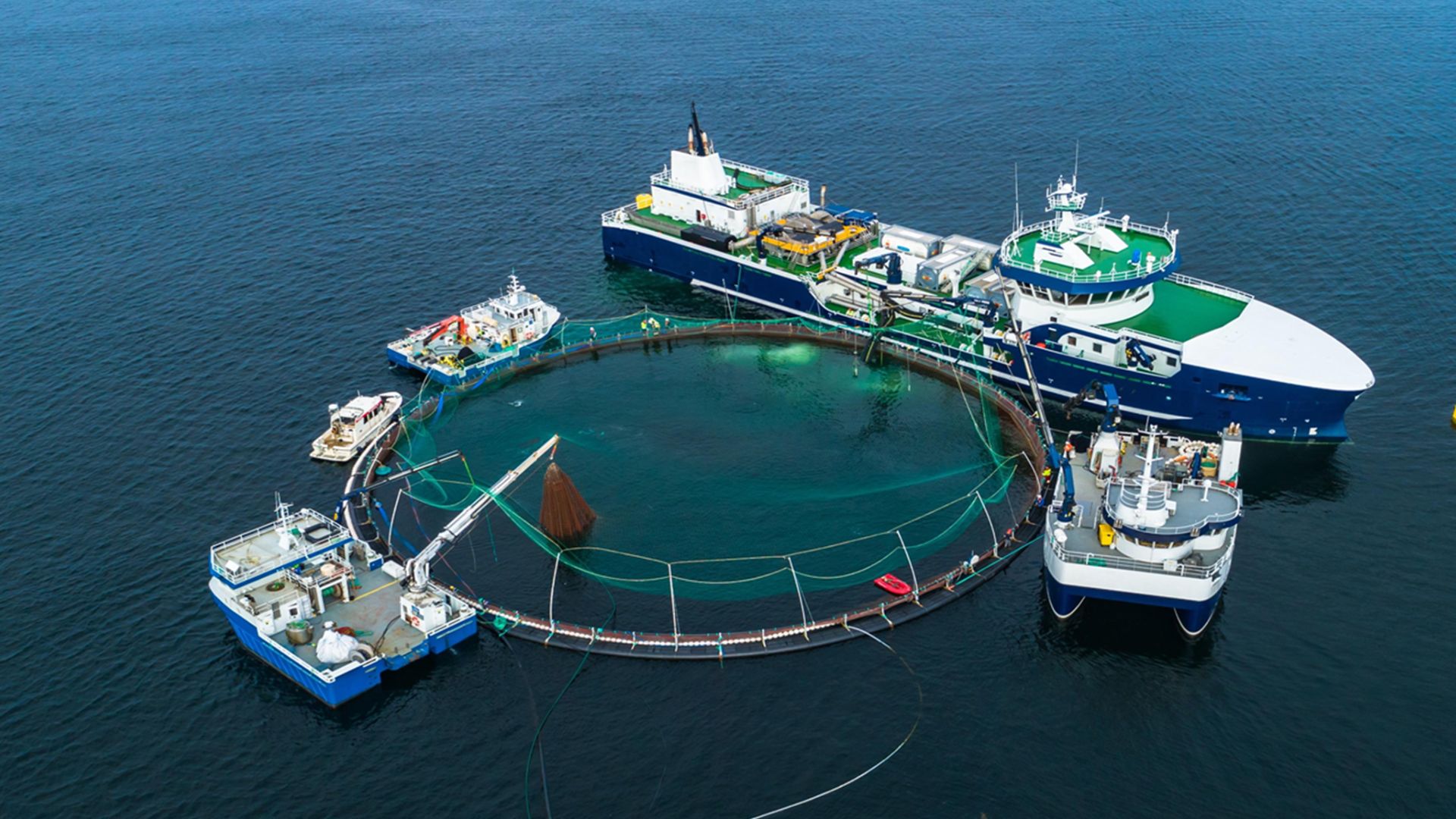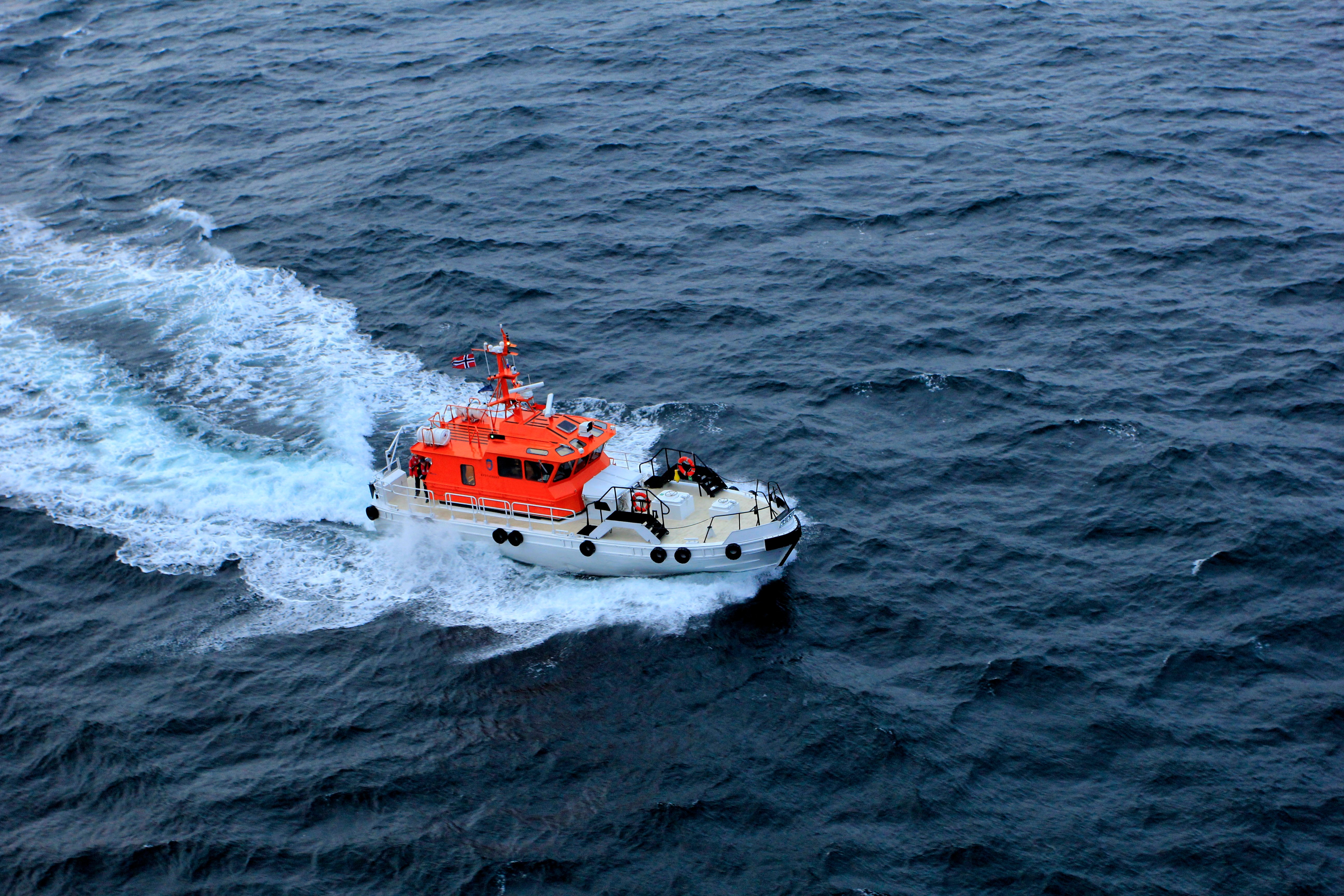.jpg?width=1920&height=1080&name=Untitled%20design%20(11).jpg)
Selective Catalytic Reduction (SCR) is an advanced technology used to reduce nitrogen oxide (NOx) emissions from the exhaust of diesel engines. It is widely used in various industries, including automotive, marine, and industrial sectors.
Introduction to SCR Technology
SCR systems are designed to convert harmful NOx emissions into nitrogen (N2) and water vapor (H2O). This process is crucial for complying with strict emissions regulations set by authorities worldwide. The technology primarily involves injecting a reducing agent, typically a water-based urea solution known as AdBlue or DEF (Diesel Exhaust Fluid), into the exhaust stream of diesel engines.
Key Components of an SCR System
An SCR system consists of several key components that work together to reduce NOx emissions:
-
DEF Tank: Stores the urea solution.
-
DEF Injector: Injects the urea solution into the exhaust stream.
-
SCR Catalyst: Facilitates the chemical reaction to reduce NOx.
-
Control Unit: Manages the injection process and monitors the system's performance.
-
Sensors: Measure NOx levels before and after the SCR catalyst to ensure efficiency.
The SCR Process
The SCR process can be broken down into several stages:
1. DEF Injection
When the diesel engine is running, NOx is produced and released into the exhaust. The SCR system’s control unit determines the optimal amount of DEF to be injected based on engine load, temperature, and NOx levels. The DEF injector sprays the urea solution into the exhaust.
2. Chemical Reaction
When DEF enters the hot exhaust stream, it breaks down into ammonia (NH3) and carbon dioxide (CO2).
3. NOx Reduction
The exhaust, now containing NOx and ammonia, passes through the SCR catalyst. The catalyst enables a chemical reaction between NOx and ammonia, converting NOx into harmless nitrogen and water vapor.
4. Emission Monitoring
Sensors placed before and after the SCR catalyst measure NOx levels to ensure the system is functioning effectively. The control unit uses this data to adjust the DEF injection rate as needed.
Benefits of SCR Technology
-
Effective NOx Reduction: SCR systems can reduce NOx emissions by up to 90%, significantly reducing the environmental impact of diesel engines.
-
Fuel Efficiency: By optimizing combustion and reducing the need for exhaust gas recirculation, SCR systems can improve overall fuel efficiency.
-
Noise Reduction: Average noise reduction of 35 dB.
-
Compliance: Helps meet stringent emission standards set by maritime authorities such as the Environmental Protection Agency (EPA) and the EU.
Applications of SCR Systems
SCR technology is widely used across various sectors, including:
-
Automotive Industry: In trucks, buses, and passenger cars to comply with emission standards.
-
Marine: In ships and boats to reduce maritime pollution and meet IMO Tier III requirements.
-
Industrial: In power plants and manufacturing facilities to control industrial emissions.

SCR IMO TIER III Approved System from Frydenbø
Customized for FPT Industrial engines from 3 to 15.9 liters.
Selective Catalytic Reduction (SCR) is a critical technology for reducing NOx emissions from diesel engines. By converting harmful pollutants into harmless substances, SCR systems play a vital role in protecting the environment and ensuring compliance with regulations. The efficient functioning of the SCR system depends on precise control and monitoring, making it an advanced yet essential component for emission reduction.
Want to learn more about how we can reduce your emissions?
Contact us.



